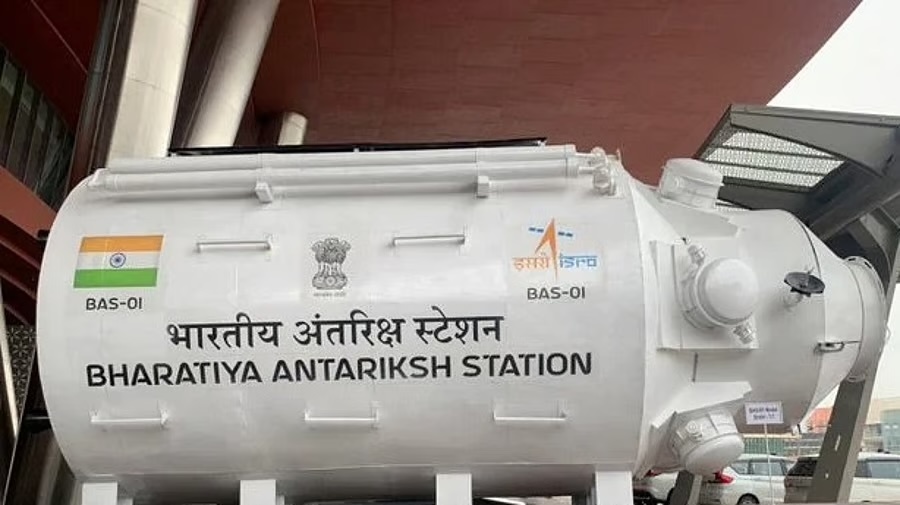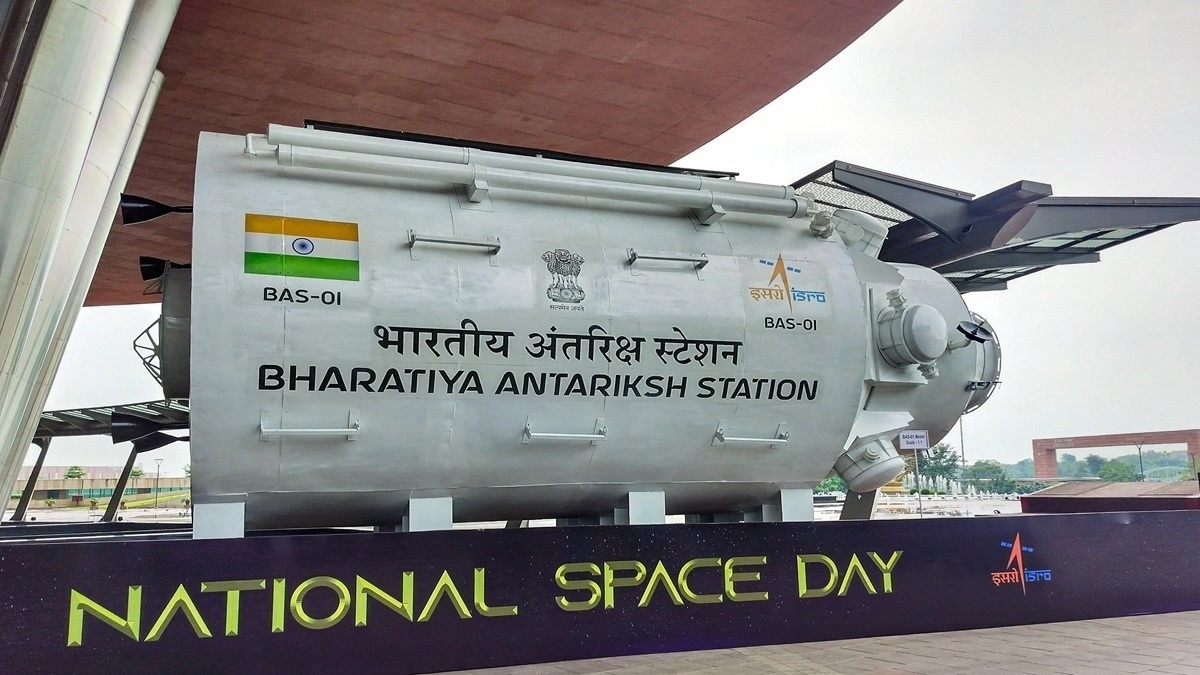24.08.2025
ISRO unveils 1:1 scale model of Bharatiya Antariksh Station module, marking progress towards establishing India's own space station by 2028.


isro-unveils-model-of-bharatiya-antariksh-station-module-slated-to-launch-by-2028-1755873877851-16_9
New Delhi: India's space agency ISRO is preparing to attain another major milestone for its space program by launching its space station. On Friday, the Indian Space Research Organisation (ISRO) unveiled a 1:1 scale model of the first module of the Bharatiya Antariksh Station (BAS), registering a crucial step towards establishing the country's own space station. The ambitious project is to launch the first module of BAS by 2028 and have the entire station operational by 2035.
The BAS will be an example of India's growing prowess in space technology, enabling the country to join an elite group of nations operating orbital laboratories. At present, only two functional space stations exist, which include the International Space Station (ISS), operated by five space agencies and China's Tiangong space station. The ISS is a collaborative project between NASA, Roscosmos, ESA, JAXA, and CSA, while Tiangong was launched in 2021 and is fully operational.
BAS Design And Development
The BAS will comprise five modules, each weighing around 52 tons, and will be assembled over five LVM3 launches between 2028 and 2035. The first module, the Base Module, is slated for launch in 2028, and the entire station will be operationalised by 2035. The project is part of the revised Gaganyaan Programme, which includes the development of the first module of BAS and four missions for demonstration and validation of various technologies for BAS by December 2028.
The Bharatiya Antariksh Station will serve as a testing ground for long-duration human spaceflight missions, support India's long-term space goals, and provide a platform for conducting unique scientific experiments in microgravity. The launch will lead to breakthroughs in technological prowess and strengthen international partnerships. The space station will also enhance India's position as a global leader in space exploration, showcasing its capabilities in space technology.
Establishing a space station is a complicated task that requires advanced engineering, reliable life support systems, and strategic planning. India will need to develop new technologies, ensure structural integrity, radiation protection, and maintain a stable environment for scientific experiments. The project also presents opportunities for Indian companies to access satellite manufacturing, servicing, and boost the aerospace sector.
The total funding for the Gaganyaan Programme with the revised scope has been enhanced to over Rs 20,000 crore. The Union Cabinet has approved the continuation of the Gaganyaan mission, which will include launch vehicle Mk III launches, deep space network support, and special tests.
Quelle: Republic
